 Hayworth hits land and a storm soon follows. 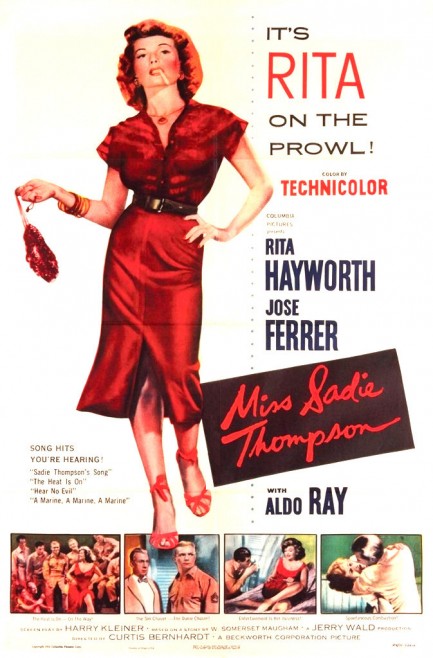
Party girl Rita Hayworth is bound for New Caledonia to start a new job, but makes a stopover on Pago Pago along the way, where her wild ways make a splash at a military garrison and nearby village. A pompous missionary who was on the same boat seems to think Hayworth was run out of Honolulu because she was a prostitute. He has no problem spreading this rumor, but is the point to punish her, save her, or bed her? In style Miss Sadie Thompson is classic Hayworth, with her fun-loving ways raising eyebrows and smiting men around the heart, but in execution the movie falls short of her best. No fault of Rita's, though. She makes the film worth watching, even if it's pretty much guaranteed to leave you going, “Huh?” when the credits roll. Maybe the real value here is the lesson the movie provides about the perils of censorship. Read the W. Somerset Maugham source material and you'll see what we mean. Miss Sadie Thompson premiered in the U.S. today in 1953.
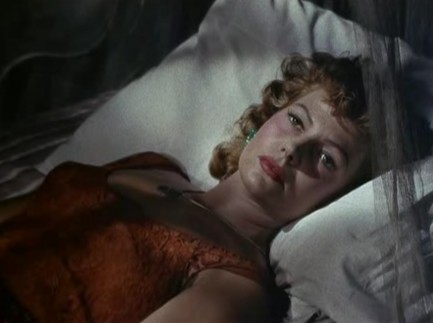 I really don't want to think about what I did in Honolulu. I really don't want to think about what I did in Honolulu.
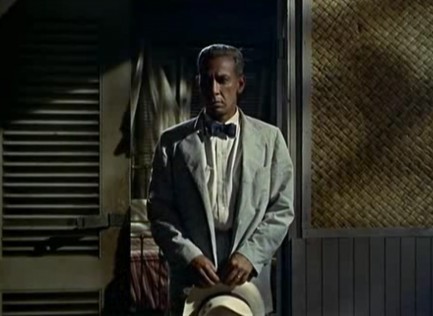 But I want to think about it. I'm thinking about it right now. That's why I'm using a hat to cover my little missionary. But I want to think about it. I'm thinking about it right now. That's why I'm using a hat to cover my little missionary.
 Sadie comes. Sadie comes.
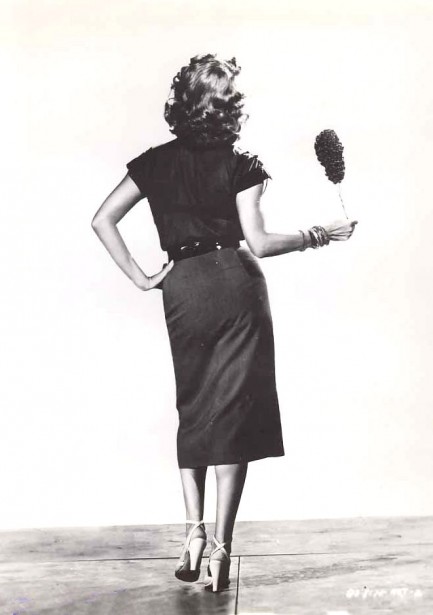 And Sadie goes. And Sadie goes.
 Here's your bourbon. You can add your own water. 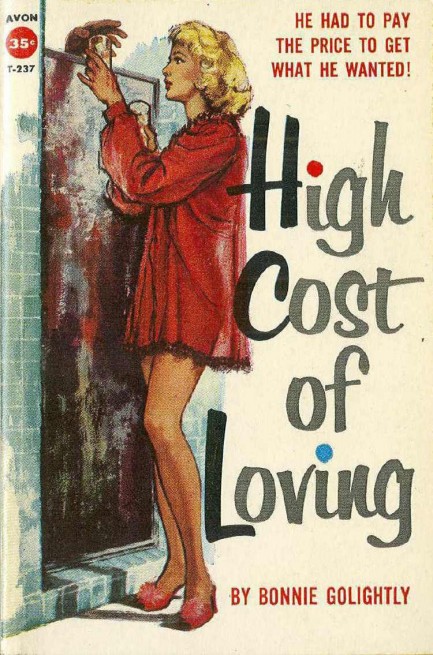
You can consider this cover for The High Cost of Loving, which is unattributed, an addendum to our April showers collection from last year. Written by Bonnie Golightly, it's a novelization of the 1958 MGM film starring José Ferrer and Gena Rowlands, in the latter's cinematic debut. The story deals with a devoted corporate drone whose company is sold. Clues indicate he's going to be fired, and his name is even scraped off his office door, but the twist is he's really going to be promoted but hasn't been informed because of an oversight. He decides to confront the company president over his unfair treatment. Will his anger cost him the opportunity he's been looking for? What do you think—it's a Sidney Lumet movie or something? Everything ends up just fine.
Interesting side note on author Bonnie Golightly: that's her real name and she even sued Truman Capote for $800,000 over Breakfast at Tiffany's, which you'll remember starred a Holly Golightly. She claimed the similarities between Holly and she were obvious—both lived in Upper East Side brownstones with bars around the corner, both were amateur singers, and both were crazy about cats. The suit eventually died, and Capote always claimed his character was actually based on a German immigrant he knew in NYC at the beginning of World War II who later conveniently disappeared in East Africa—a place from which lawsuits rarely spring. You can see that April showers collection here.
 Happiness in Hollywood can be hard to hold onto. 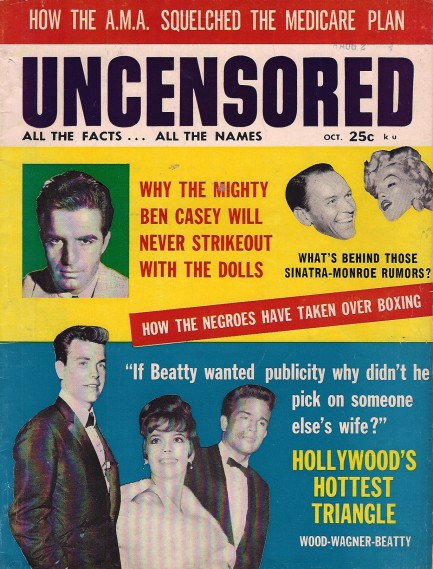
Uncensored gives readers the lowdown on all the Hollywood trysts and splits in this issue published this month in 1962. José Ferrer and Rosemary Clooney apparently broke up—after eight years and five children—over Ferrer's insistence on carrying on extramarital affairs, as was his natural right. At least that's what he thought: “Since the beginning of our marriage he has engaged in a series of affairs with other women,” Clooney is quoted. “I discussed this with him prior to our separation, but he said he couldn't change his way of life.” Apparently the Puerto Rican born Ferrer was old school with the whole machismo thing. But all was not lost between him and Clooney. They married again in 1964 and managed to stay together another three years.
Pivoting to the hook-ups, Uncensored explains how Joan Collins stole hotel heir Nicky Hilton from Natalie Wood, but Robert Wagner stole Collins from Hilton, leading to Natalie Wood stealing Wagner from Collins, and Collins falling into the arms of Warren Beatty. Mixed in with those four are James Dean, Tab Hunter, Lance Reventlow, and Elvis Presley. Or so the magazine says. That's a lot of guys and only two women, but the old tabloids loved to slut shame women while either ignoring or approving the antics of men. For example, Beatty was already known in 1962, after some years in television and with two hit movies behind him, as a fuckboy, but that's not mentioned here at all. These days, though, that immunity is largely gone. Although you'd have to have the brain of a fourteen-year-old to believe—as many people do—that he's slept with 12,000 women.
Uncensored next gets to Marilyn Monroe and Frank Sinatra. It's since been established that the two hooked up, but at the time this magazine was published the pair were generating mere rumors. Why? Because Monroe was flying to Las Vegas regularly and staying in Sinatra's home there. There's no rationale needed for this pairing—beautiful people tend to get together. But the editors actually offer a rationale for Monroe's interest in Sinatra and it's simply amazing: “Monroe is having all kinds of troubles with her studio and would like a man around the house to fight her battles for her.” Huh? That one makes no sense to us. Let's run it through our trusty Mid-Century Tabloid Filter™: Buzz...whirrrr... clickety click... Aha. What Uncensored means is Monroe was so emotionally fragile she had to have a guy around 24/7 to handle angry phone calls. Interesting, but we're still not buying it. Twenty scans below. 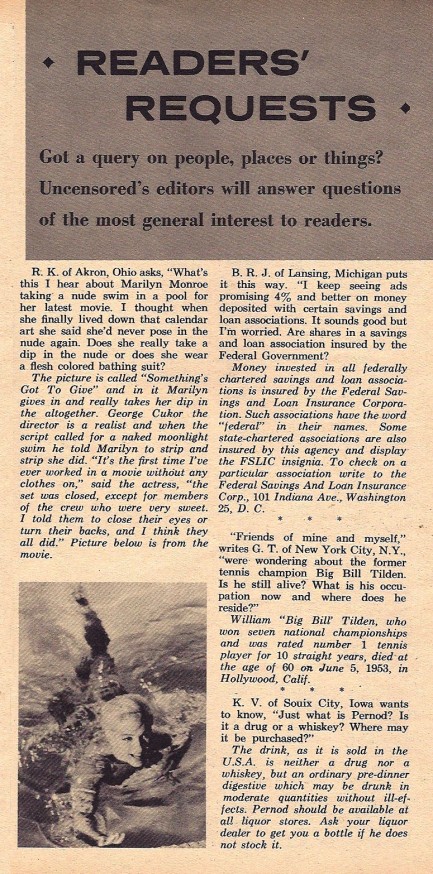 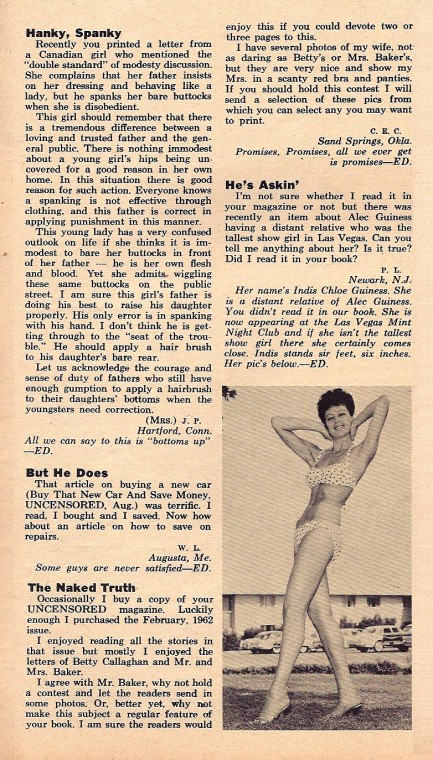 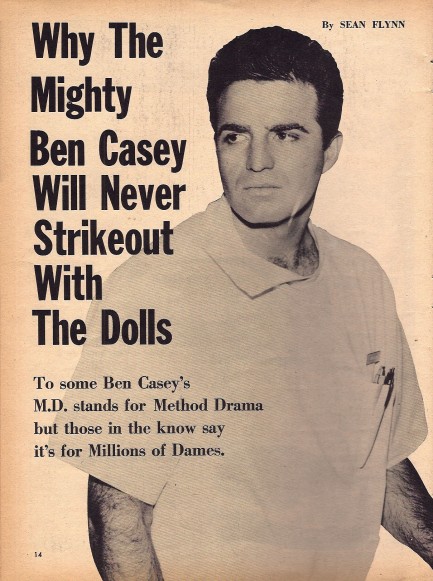 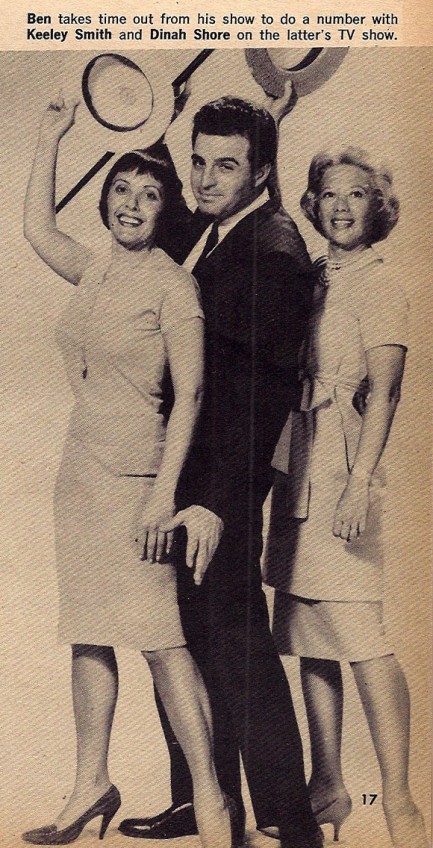 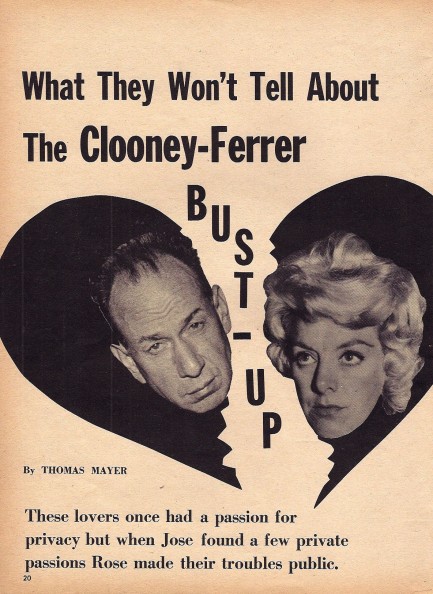 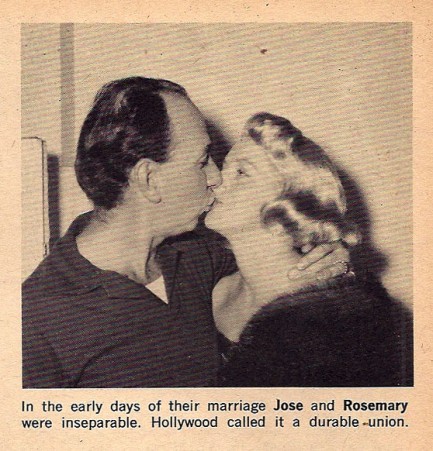 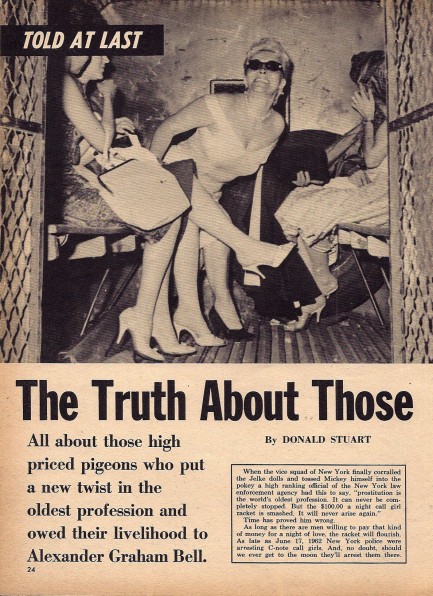 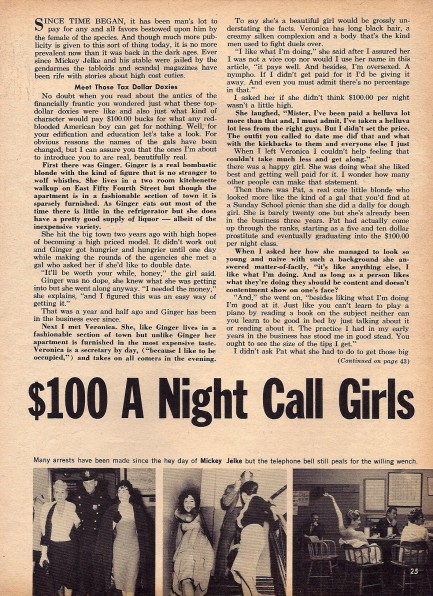 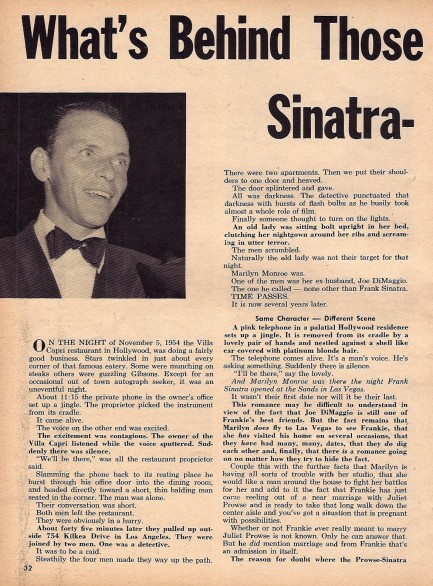 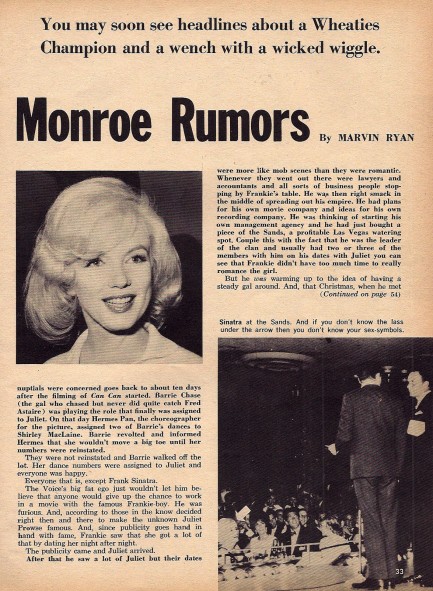 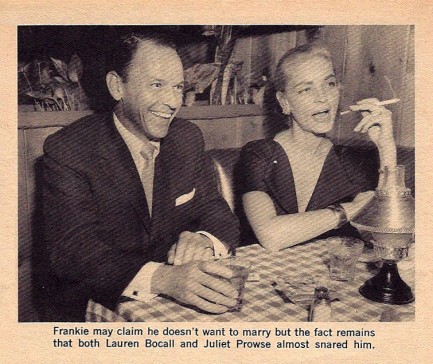  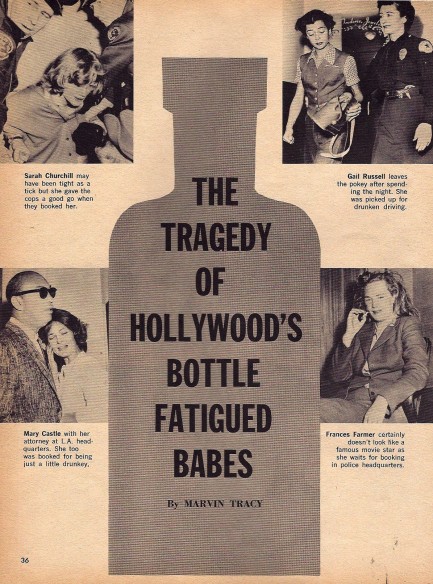 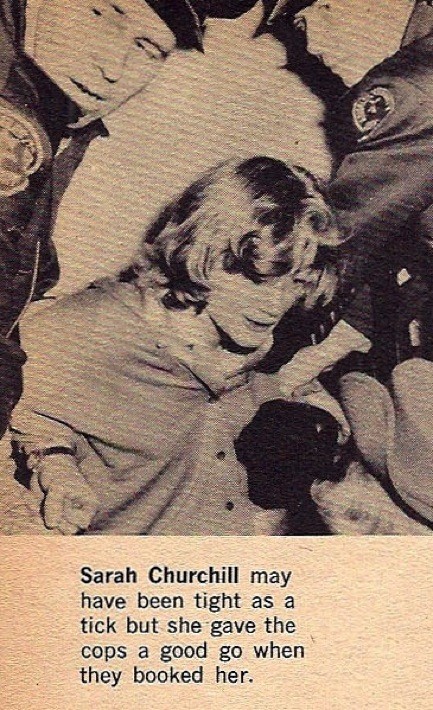 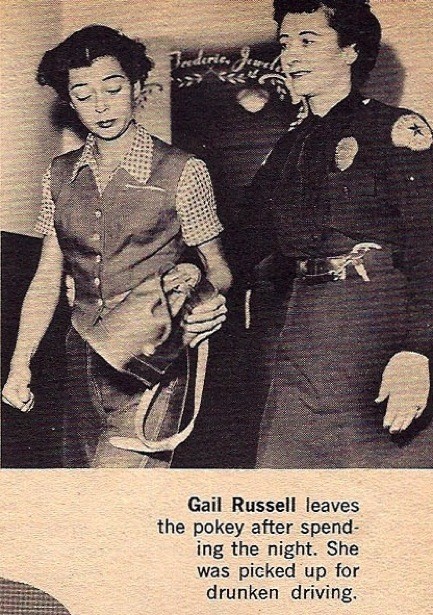 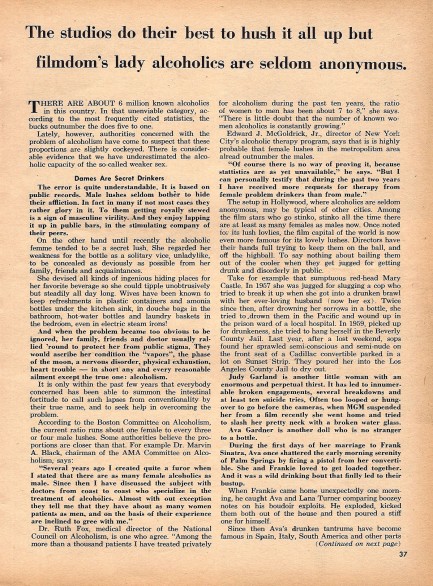 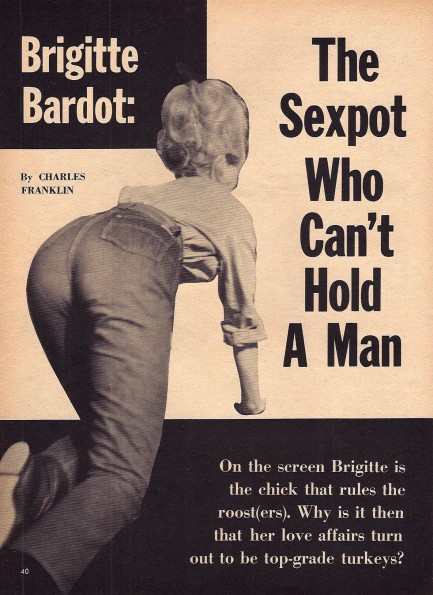 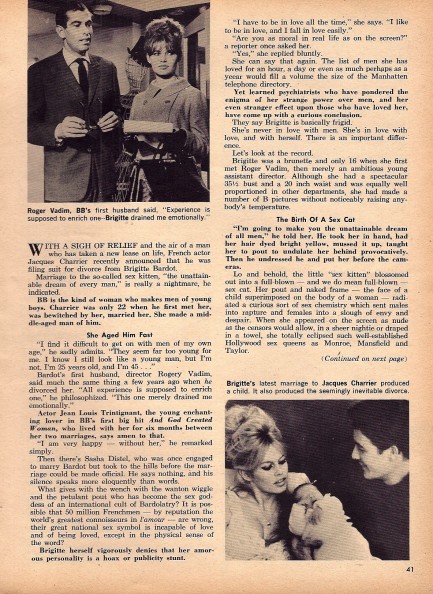 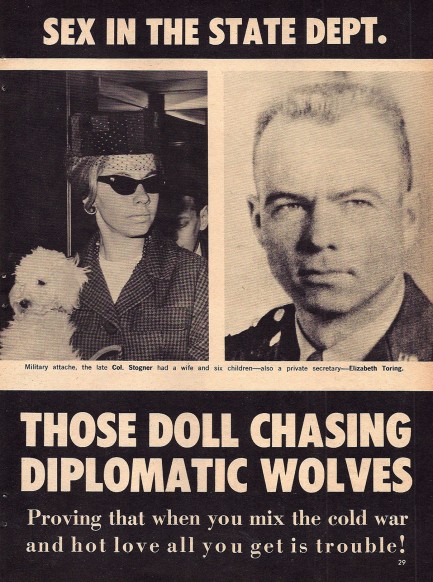 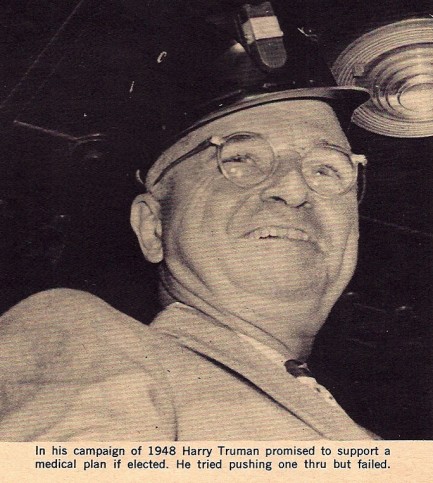
 Hey ho! Hey ho! Huston and Ferrer must go! 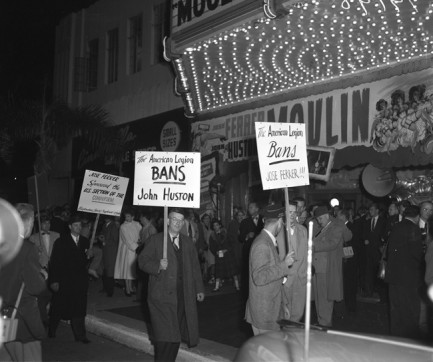
Today in 1952 protestors comprising members of the 17th District American Legion Un-American Activities Committee demonstrate outside the Fox Wilshire Theater in Los Angeles against director John Huston and actor José Ferrer, whose new film Moulin Rouge was premiering that night. Why was the American Legion pissed? Basically because in 1947 Huston helped form the Committee for the First Amendment to protest the House Committee on Un-American Activities hearings (HUAC), and because Ferrer was a liberal. The anti-communist hysteria was in full swing at this point, and more than five-hundred names had been added to anti-communist blacklists. Today there are numerous HUAC apologists, and their arguments boil down to nothing more than: “But there were communists in Hollywood!” Certainly that was true, but U.S. government incompetence and opportunism destroyed many more innocent people than communist spies were ever caught. A moral effort in crime fighting never hurts more innocent people than criminals. When it does, history later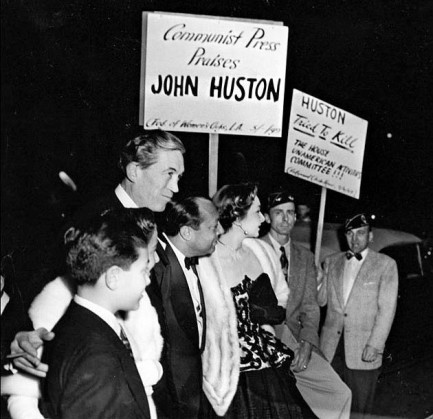 labels such periods tyranny. HUAC has been labeled exactly thus, an assessment that is extremely unlikely to change. And of course, it’s worth pointing out that being a communist was not equivalent to being a spy, nor was it a criminal offense. At least not yet—two years later President Dwight D. Eisenhower made communism illegal in the U.S. with the Communist Control Act. labels such periods tyranny. HUAC has been labeled exactly thus, an assessment that is extremely unlikely to change. And of course, it’s worth pointing out that being a communist was not equivalent to being a spy, nor was it a criminal offense. At least not yet—two years later President Dwight D. Eisenhower made communism illegal in the U.S. with the Communist Control Act.
|
 |

The headlines that mattered yesteryear.
2003—Hope Dies
Film legend Bob Hope dies of pneumonia two months after celebrating his 100th birthday. 1945—Churchill Given the Sack
In spite of admiring Winston Churchill as a great wartime leader, Britons elect
Clement Attlee the nation's new prime minister in a sweeping victory for the Labour Party over the Conservatives. 1952—Evita Peron Dies
Eva Duarte de Peron, aka Evita, wife of the president of the Argentine Republic, dies from cancer at age 33. Evita had brought the working classes into a position of political power never witnessed before, but was hated by the nation's powerful military class. She is lain to rest in Milan, Italy in a secret grave under a nun's name, but is eventually returned to Argentina for reburial beside her husband in 1974. 1943—Mussolini Calls It Quits
Italian dictator Benito Mussolini steps down as head of the armed forces and the government. It soon becomes clear that Il Duce did not relinquish power voluntarily, but was forced to resign after former Fascist colleagues turned against him. He is later installed by Germany as leader of the Italian Social Republic in the north of the country, but is killed by partisans in 1945.
|

|
|

It's easy. We have an uploader that makes it a snap. Use it to submit your art, text, header, and subhead. Your post can be funny, serious, or anything in between, as long as it's vintage pulp. You'll get a byline and experience the fleeting pride of free authorship. We'll edit your post for typos, but the rest is up to you. Click here to give us your best shot.

|
|


 I really don't want to think about what I did in Honolulu.
I really don't want to think about what I did in Honolulu. But I want to think about it. I'm thinking about it right now. That's why I'm using a hat to cover my little missionary.
But I want to think about it. I'm thinking about it right now. That's why I'm using a hat to cover my little missionary. Sadie comes.
Sadie comes. And Sadie goes.
And Sadie goes.

























 labels such periods tyranny. HUAC has been labeled exactly thus, an assessment that is extremely unlikely to change. And of course, it’s worth pointing out that being a communist was not equivalent to being a spy, nor was it a criminal offense. At least not yet—two years later President Dwight D. Eisenhower made communism illegal in the U.S. with the Communist Control Act.
labels such periods tyranny. HUAC has been labeled exactly thus, an assessment that is extremely unlikely to change. And of course, it’s worth pointing out that being a communist was not equivalent to being a spy, nor was it a criminal offense. At least not yet—two years later President Dwight D. Eisenhower made communism illegal in the U.S. with the Communist Control Act.



































































